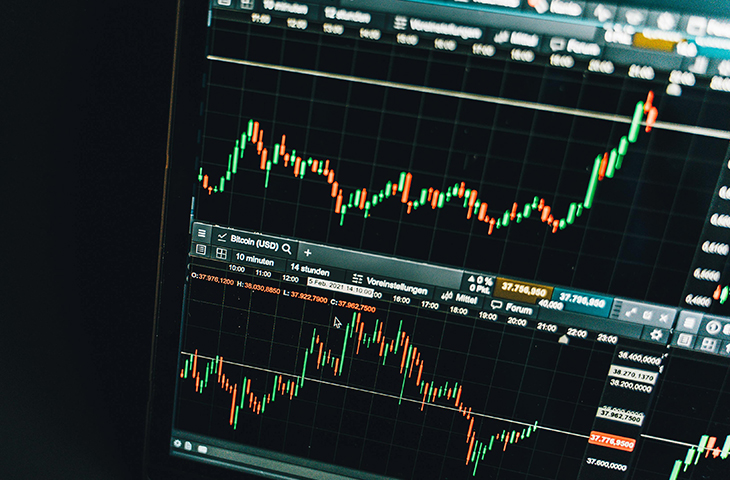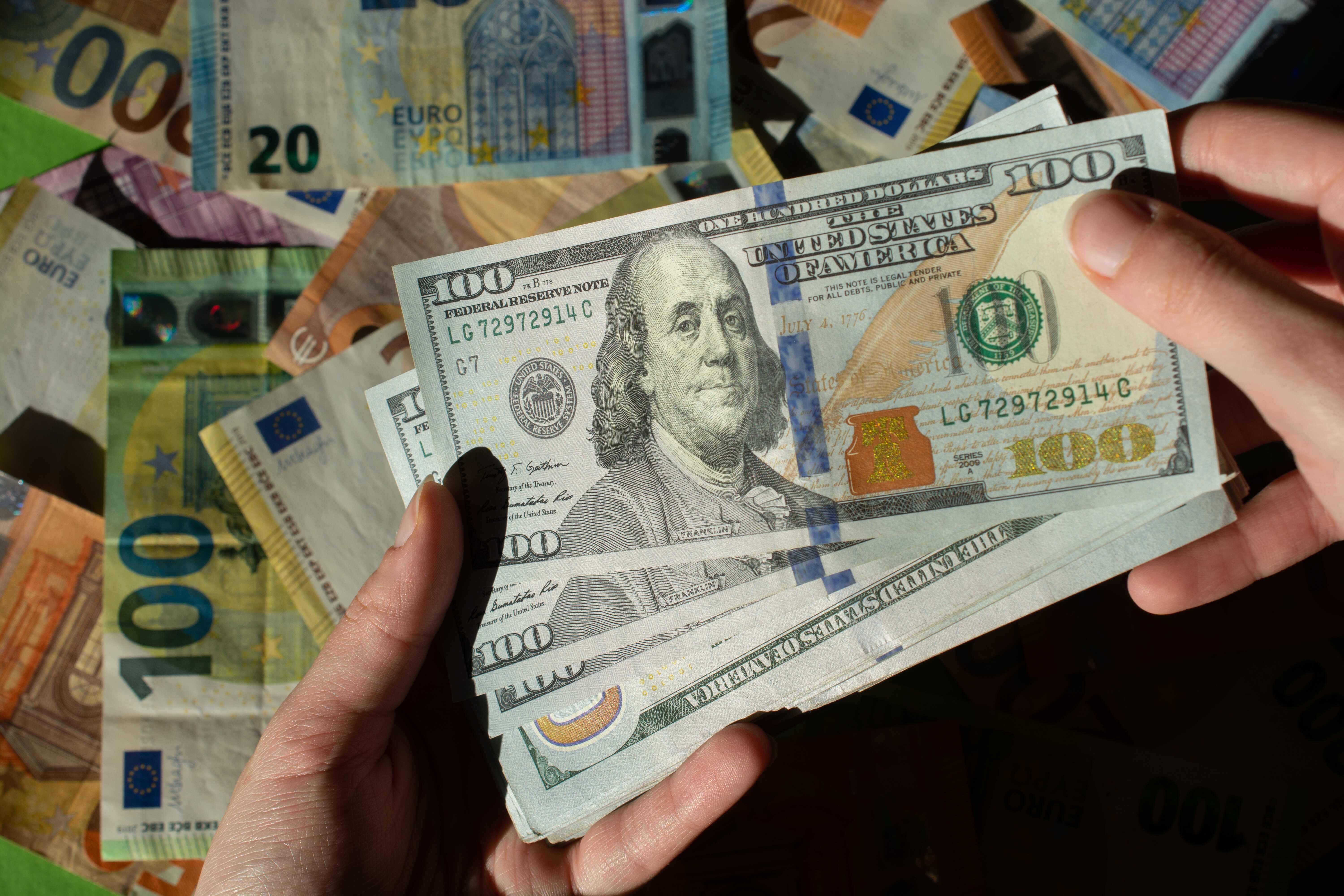Exxonmobil Dominated Last Year, Delivering 1 Of Its Best Performances Of The Past 10 Years

ExxonMobil (NYSE: XOM) is a powerhouse in the oil patch. The oil giant delivered an industry-leading financial performance last year, producing over $33 billion in earnings and $55 billion in cash flow from operations. That was its third-best performance over the past decade.
What's remarkable about Exxon's success last year is that it achieved such strong results without a big boost from commodity prices. Instead, the company's business transformation strategy helped fuel its strong year.
Start Your Mornings Smarter! Wake up with Breakfast news in your inbox every market day. Sign Up For Free »
A strong year despite some headwinds
Exxon produced about $33.7 billion, or $7.84 per share, of earnings last year, around $2.3 billion less than in 2023. That was largely due to a $2 billion impairment related to regulatory challenges in restarting production and distribution from the now-sold Santa Ynez Unit in California. In addition, the company faced some headwinds from lower refining industry margins and a decline in natural gas prices from 2023's historically high levels.
The oil giant offset most of last year's headwinds thanks to record production from Guyana and the Permian Basin of Texas and New Mexico, record high-value product sales volumes, and its structural cost savings program. Since launching this program in 2019, Exxon has achieved $12.1 billion of cumulative structural cost savings, well beyond what any of its competitors have delivered. That includes $2.4 billion realized last year.
Exxon also continues to invest heavily in growing its best assets, like Guyana and the Permian. It closed its needle-moving acquisition of Pioneer Natural Resources last year, bulking up its position in the Permian. The company has also invested in growing the production of higher-value refining and chemical products.
This strategy enabled Exxon to produce a whopping $55 billion in cash flow from operations and $34.4 billion in free cash flow after continuing to invest heavily in developing its best assets. The oil giant returned an industry-leading $36 billion in cash to investors last year, more than all but five companies in the S&P 500. It paid $16.7 billion in dividends (including raising its payout for the 42nd year in a row) and repurchased $19.3 billion of shares. That was its highest share repurchase total in more than a decade.
Even better days lie ahead
"As we look ahead," stated Exxon CEO Darren Woods in the fourth-quarter earnings press release, "we've built a long runway of value creation." The energy giant plans to continue investing heavily in developing its asset base, implementing its cost-reduction initiatives, and returning more cash to shareholders.
Exxon had previously outlined its 2030 vision to generate an incremental $20 billion in earnings and $30 billion in cash flow by 2030. The strategy has many layers. A significant aspect is deploying about $140 billion into major projects and its Permian Basin development program by 2030.
That investment will grow output from its highest-margin assets, which will increase its earnings and free cash flow. Exxon also plans to deliver a cumulative $18 billion in cost savings by the end of 2030. It's on track to achieve $3 billion of synergies over the next decade from its Pioneer acquisition.
The company's investment and cost savings strategy has put it on track to produce an even bigger gusher of excess free cash flow. Exxon estimates it could produce $165 billion in surplus cash through 2030. That should enable the company to continue increasing its dividend. Exxon also plans to continue buying back shares, targeting around $20 billion in annual purchases in 2025 and 2026, assuming reasonable market conditions.
Even with its massive capital spending and cash returns, Exxon should maintain its fortress-like balance sheet. The company ended last year with a cash balance of $23.2 billion, giving it a net leverage ratio of just 6%, a very comfortable level for an oil company.
An elite oil stock
Exxon is the top player in the oil patch. The company's strategy of investing in its best assets and reducing costs is paying dividends for shareholders. It has the oil giant on track to deliver meaningful earnings and cash flow growth over the next several years, which should allow it to continue returning a boatload of cash to investors. These catalysts could give Exxon the fuel to produce peer-leading returns in the coming years, making it a top oil stock to hold for the long haul.
Don’t miss this second chance at a potentially lucrative opportunity
Ever feel like you missed the boat in buying the most successful stocks? Then you’ll want to hear this.
On rare occasions, our expert team of analysts issues a “Double Down” stock recommendation for companies that they think are about to pop. If you’re worried you’ve already missed your chance to invest, now is the best time to buy before it’s too late. And the numbers speak for themselves:
- Nvidia: if you invested $1,000 when we doubled down in 2009, you’d have $311,343!*
- Apple: if you invested $1,000 when we doubled down in 2008, you’d have $44,694!*
- Netflix: if you invested $1,000 when we doubled down in 2004, you’d have $526,758!*
Right now, we’re issuing “Double Down” alerts for three incredible companies, and there may not be another chance like this anytime soon.
*Stock Advisor returns as of January 27, 2025
Matt DiLallo has no position in any of the stocks mentioned. The Motley Fool has no position in any of the stocks mentioned. The Motley Fool has a disclosure policy.


